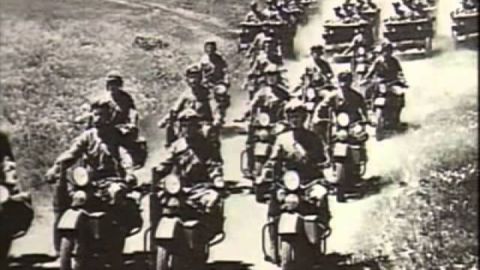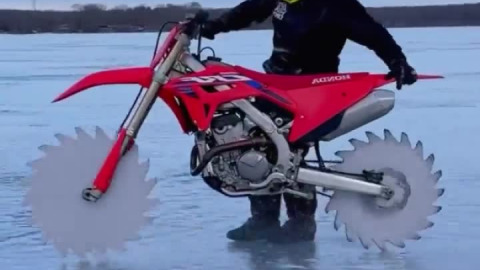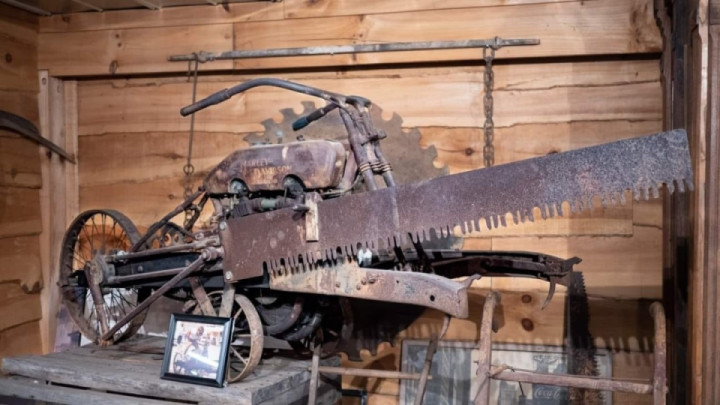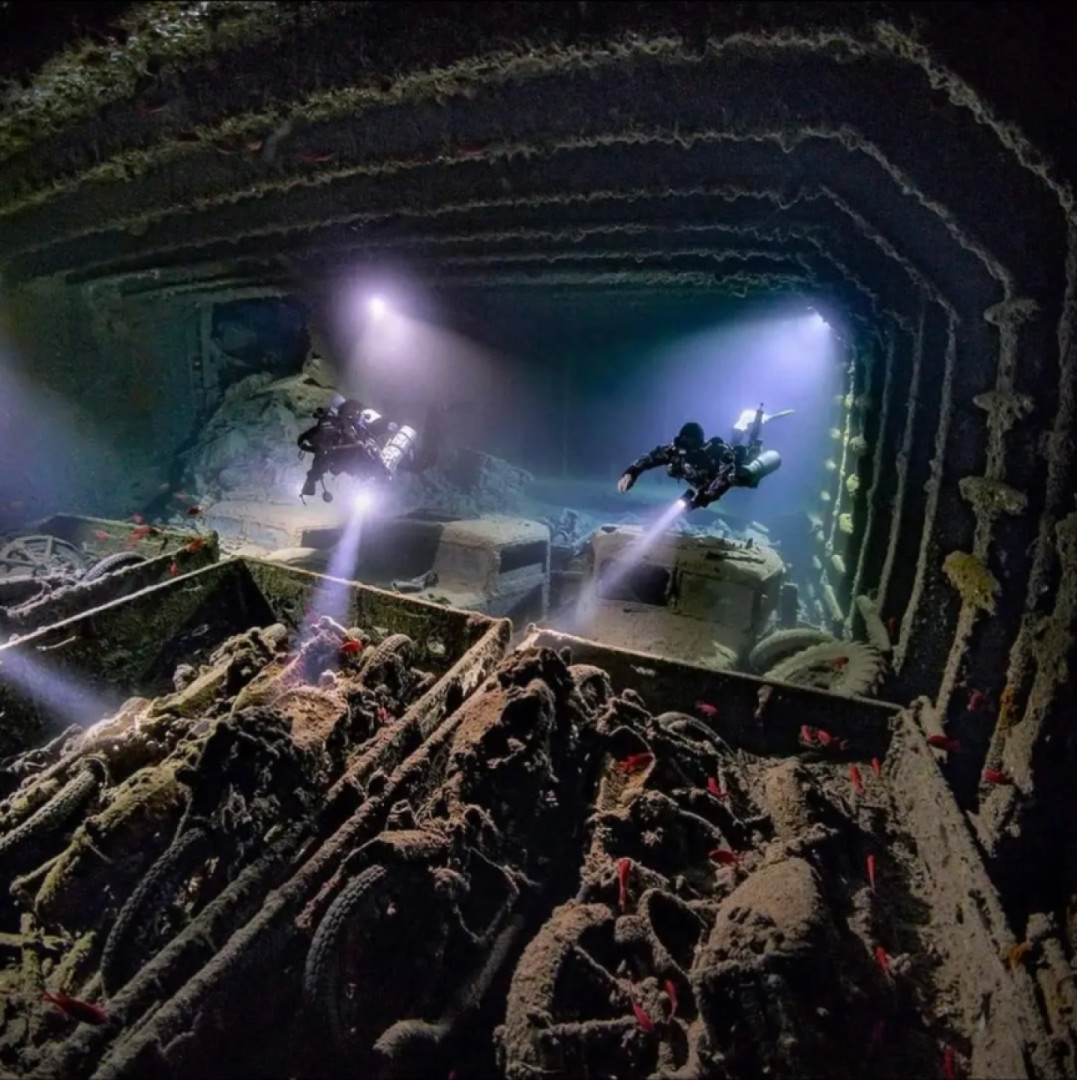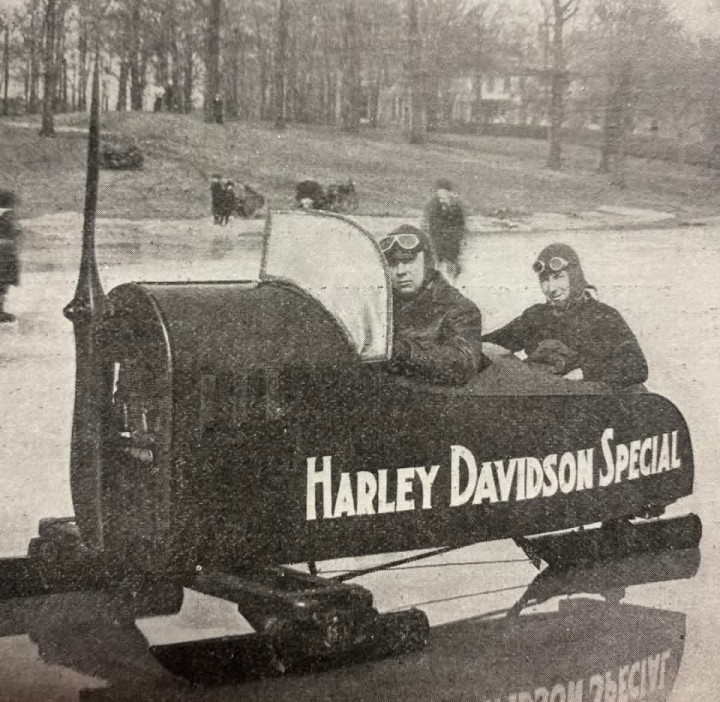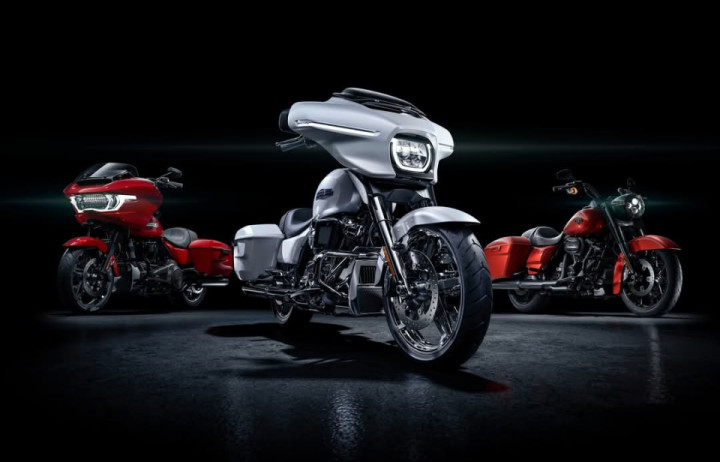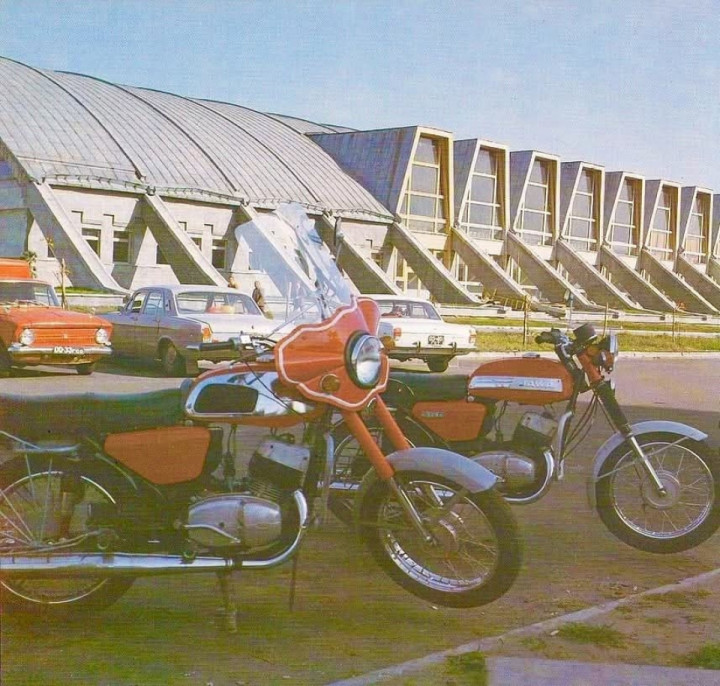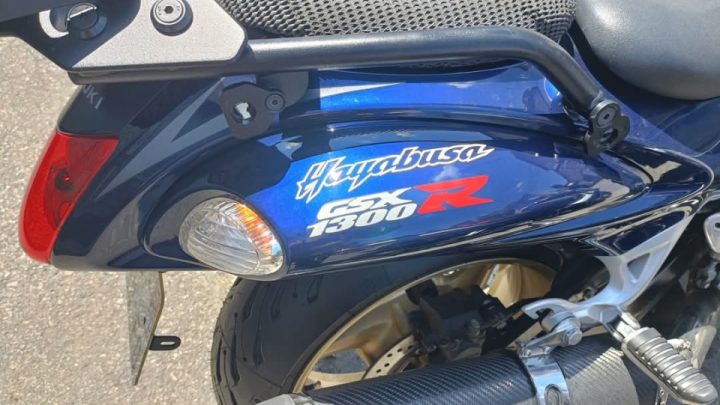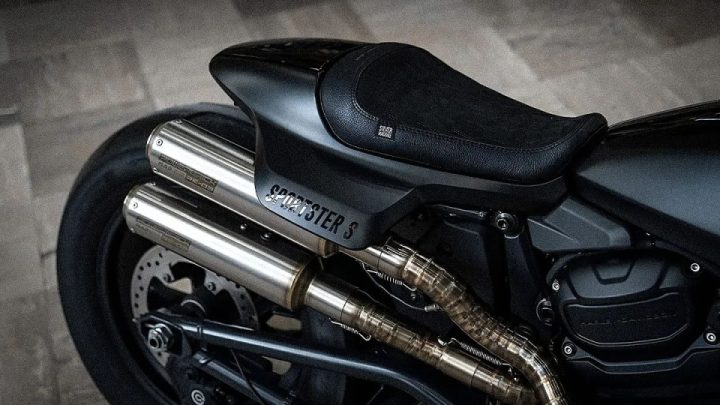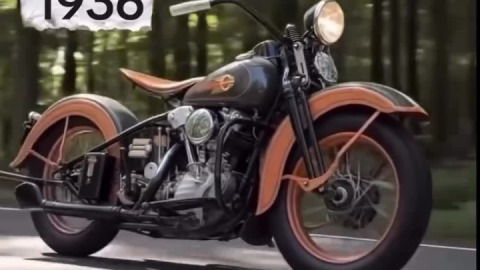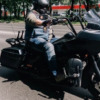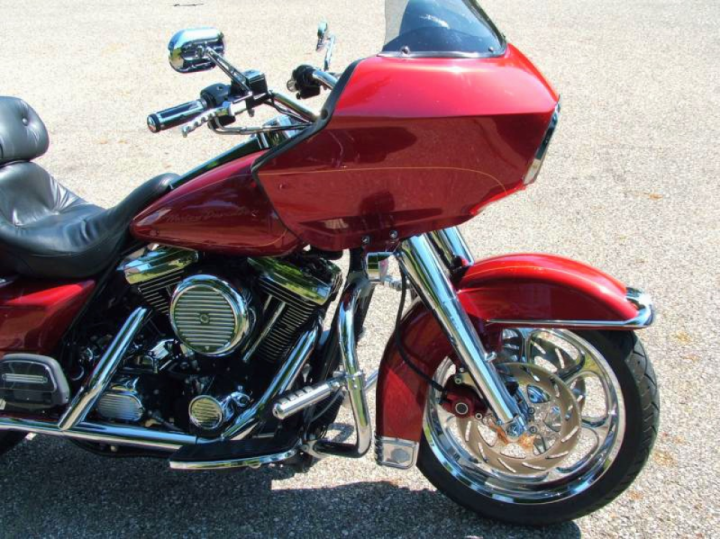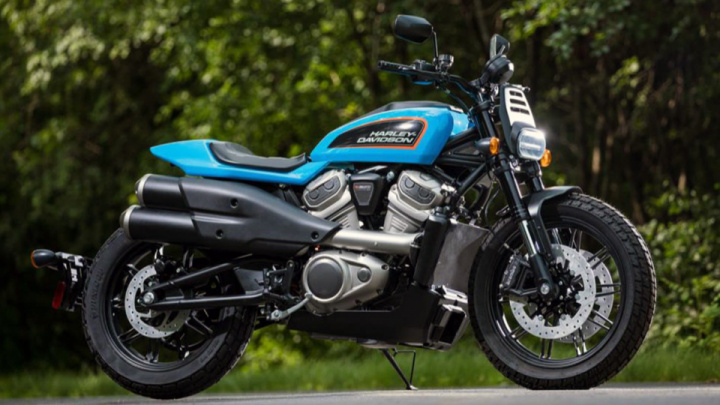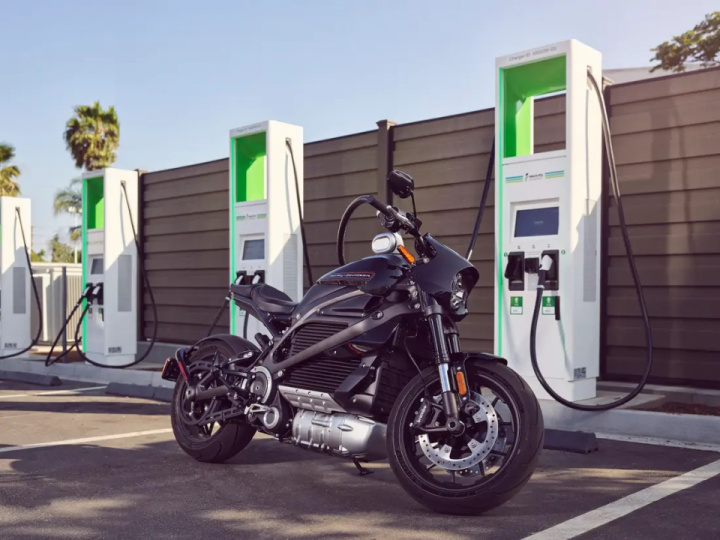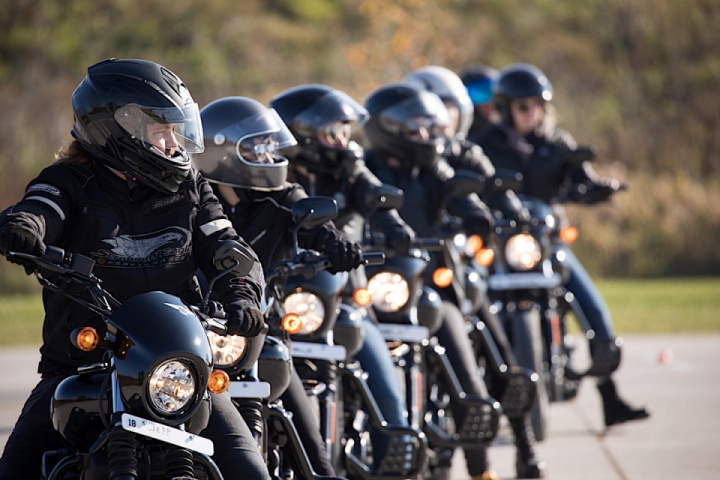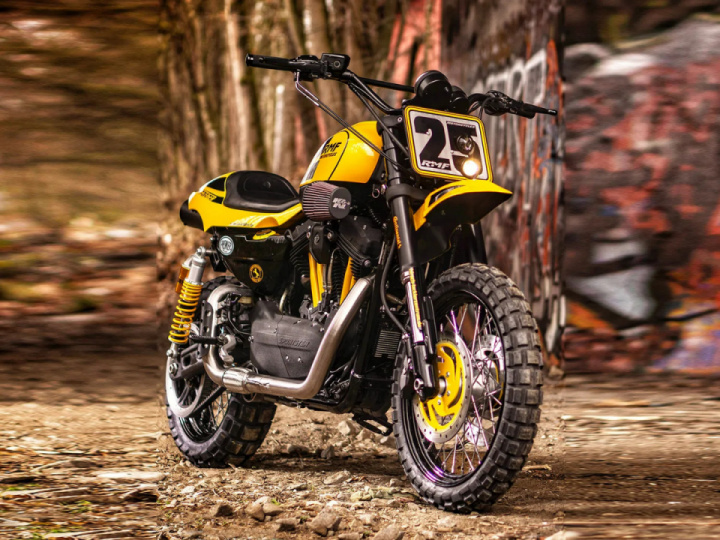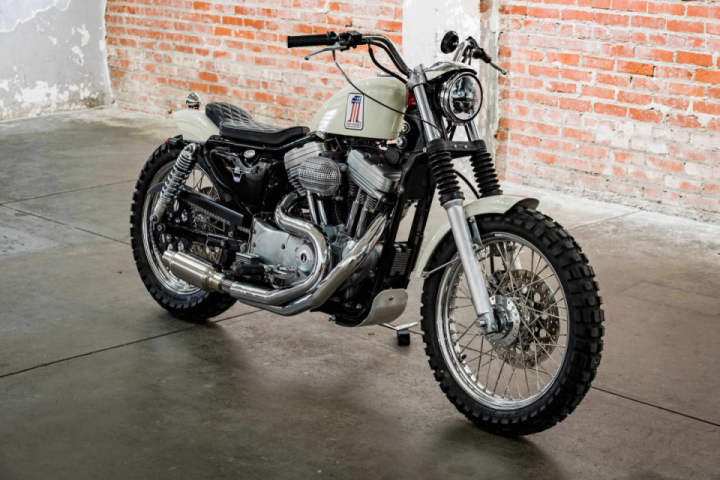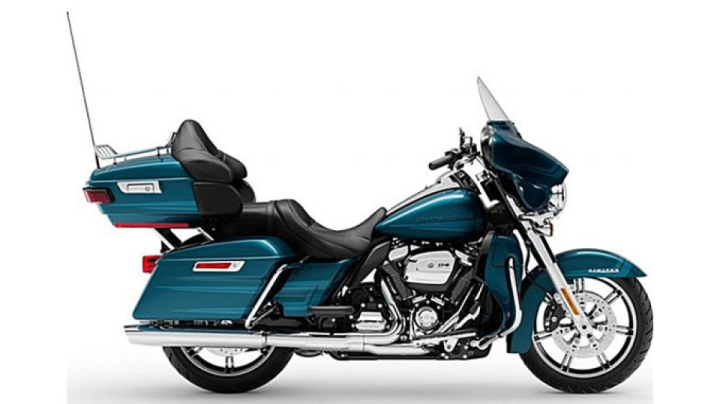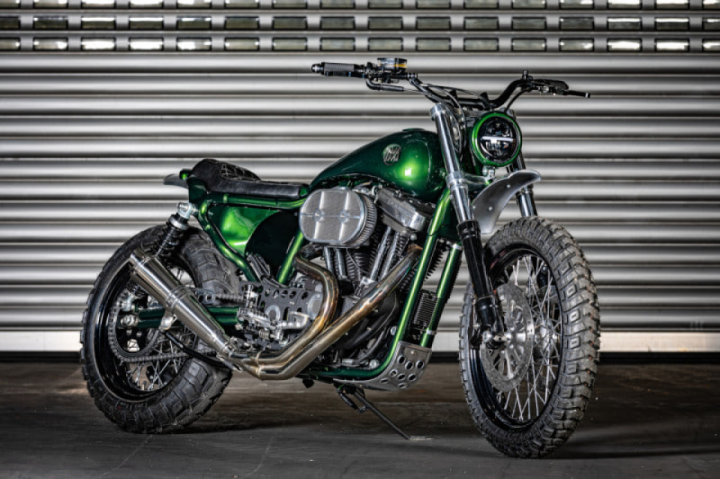The History of Harley-Davidson Motorcycles
At 21, William S. Harley, an engineering student at the University of Wisconsin who began his career by manufacturing bicycles, was a true motorcycle enthusiast. He realized his ambition by designing an engine that could be mounted on a bicycle, releasing it a year later. Within weeks, the first Harley-Davidson model was sold.
Arthur Davidson worked as a molder in a railroad workshop alongside his childhood friend Ole Evinrude, who studied engines. Evinrude assisted his friends with issues related to carburetors and engine lubrication.
Initially, production was carried out in the basement of the Davidson family, but later, their father built a small 3x5 meter workshop in their backyard. Arthur's sister Janet, a talented artist, painted the company’s first red logo on gray fuel tanks and hand-painted the detailing on the early motorcycles.
William Harley and Arthur Davidson started producing single-cylinder motorcycles as an affordable alternative to cars for those who could not afford them. Their first motorcycle was sold to a school friend, Henry Meyer, for around $200.
In 1904, C.H. Lang of Chicago became Harley-Davidson’s first dealer and sold one of their early models. By 1906, this model became known as *The Silent Grey Fellow*.
The team quickly began developing a new chassis and engine, aiming for more power and efficiency. Ole Evinrude, a talented engineer and pioneer in engine design, helped develop the new engine. This project led to the first Harley-Davidson motorcycle intended for direct sale, known in the archives as "Serial Number 1."
In 1904, Harley-Davidson opened its first dealership in Chicago. In 1908, Walter Davidson won a two-day endurance race from the Catskill Mountains to Brooklyn on a Harley, traveling 86 kilometers on a single liter of fuel, proving the machine’s reliability and efficiency.
The first 45-degree V-twin engine was introduced in 1909, and by 1914, the company was producing 1,600 motorcycles annually.
In 1916, General "Black Jack" Pershing ordered Harley-Davidsons with machine guns mounted in sidecars to counter raids by Mexican revolutionary Pancho Villa. The following year, the U.S. entered World War I, and 20,000 Harley motorcycles replaced horses in the cavalry.
The company’s first international dealership, Morgan & Wacker, was founded in Brisbane, Australia, in 1917, making it the world’s oldest Harley-Davidson dealership outside the U.S.
From 1918 to 1920, Harley-Davidson produced over 20,000 engines annually. Production fell to 11,000 in 1921 but rebounded to 24,000 in 1929. However, the 1929 stock market crash and the Great Depression reduced production to just 3,600 units by 1933.
During World War II, Harley-Davidson received orders for over 30,000 motorcycles in 1943. However, after the war, competition from inexpensive and advanced Japanese and European brands created challenges. Indian, Harley’s main competitor, ceased production in 1953, leaving Harley-Davidson as America’s only motorcycle manufacturer.
During the war, Harley-Davidson faced one of its biggest engineering challenges. Their motorcycles often overheated in off-road conditions. German engineers at BMW solved this issue by redesigning the V-twin engine as a Boxer engine, which ran 56 degrees cooler. Responding to demands from the U.S. military, Harley developed the XA model, but it was overshadowed by the more versatile Jeep and discontinued before mass production.
Post-war competition from Japanese manufacturers, who offered affordable motorcycles for everyone, further hurt Harley-Davidson. To protect domestic producers, the U.S. imposed a 40% tariff on imported motorcycles, but the competition remained fierce. Hollywood added to Harley’s troubles by portraying its motorcycles as the choice of outlaws and gangsters, damaging the brand’s image.
In 1965, Harley-Davidson was sold to AMF, boosting sales from 13,000 in 1965 to 47,000 in 1980. However, cost-cutting measures led to labor strikes and a decline in product quality, further tarnishing Harley’s reputation. In 1981, a group of 13 investors, including William A. Davidson's grandson, Willie G. Davidson, bought the company from AMF for $80 million.
In 1982, sales dropped to 28,000 units, and the company faced fierce competition from low-cost imports. President Ronald Reagan intervened in 1983, imposing a 40% tariff on Japanese motorcycles over 700cc, which was gradually reduced over five years. Harley-Davidson recovered by 1987 and declared it no longer needed government protection.
By 1987, Harley produced 36,000 motorcycles annually, and production increased to 330,619 units by 2007, though it declined slightly to 303,479 in 2008, with a target of 273,000 units.
The 45-degree V-twin engine, introduced in 1909, became the company’s signature feature. Starting with the Knucklehead in 1935, Harley gave each engine a distinctive name based on its cylinder head design, such as the 1948 Panhead, the 1952 Flathead, the 1957 Ironhead, the 1966 Shovelhead, the 1984 Blockhead, and the 1999 Fathead.
In 2001, Harley-Davidson introduced the 115-horsepower, water-cooled V-Rod engine, developed by Porsche, marking a significant technical advancement.
The Super Glide was Harley’s first factory-custom motorcycle, designed to popularize choppers, cruisers, and custom-built bikes.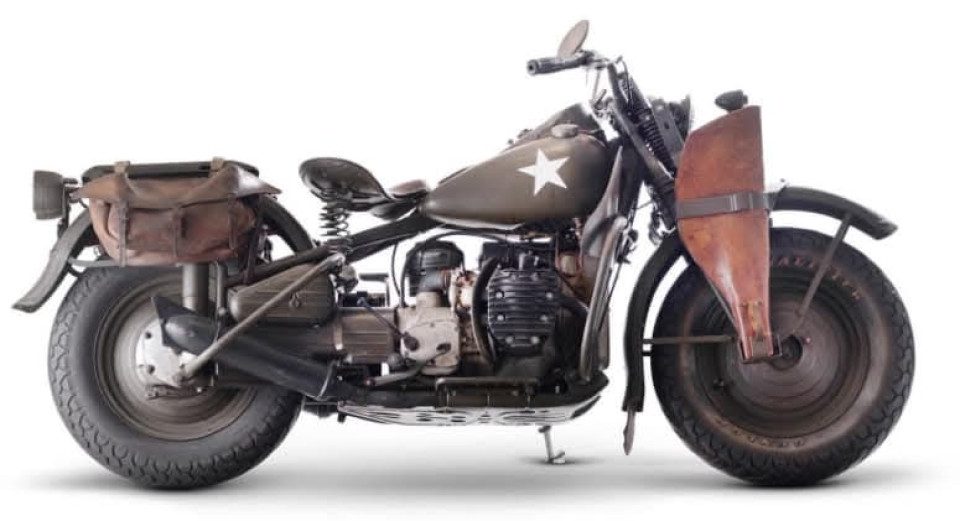
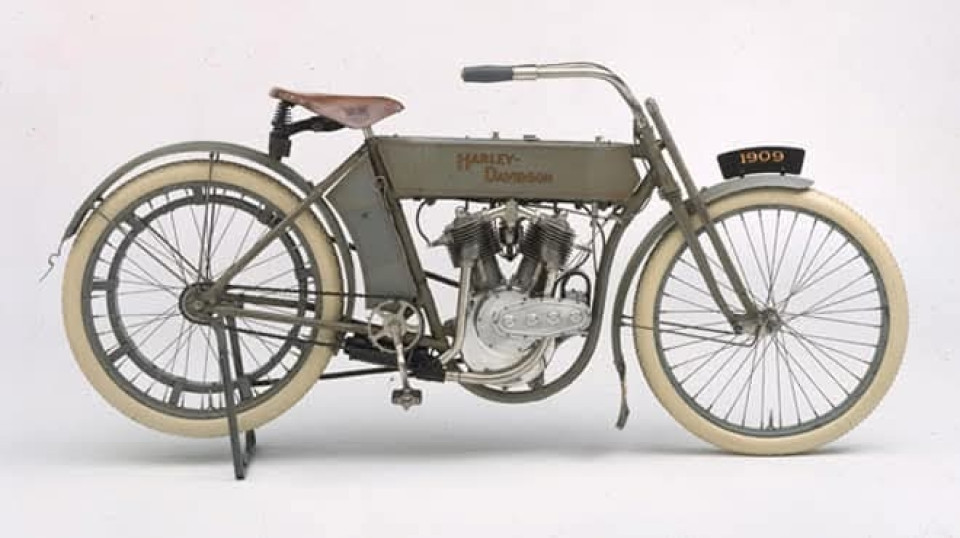
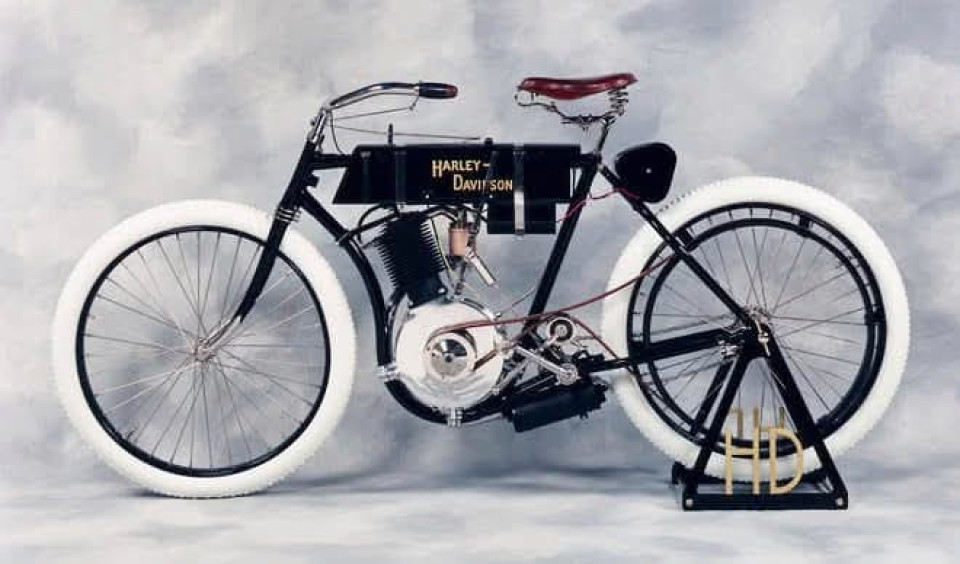
 Follow
1.2K
Follow
1.2K


